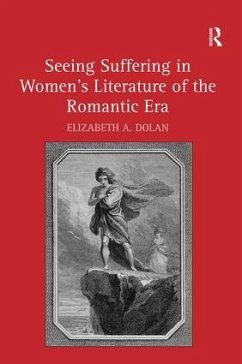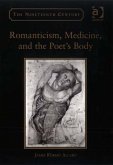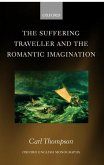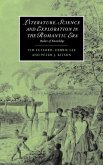Arguing that vision was the dominant mode for understanding suffering in the Romantic era, this book shows that Mary Wollstonecraft, Charlotte Smith, and Mary Shelley experimented with aesthetic and scientific visual methods in order to expose the social structures underlying suffering.
As she explores tropes of illness, healing, and social justice in the writings of Mary Wollstonecraft, Charlotte Smith, and Mary Shelley, Dolan engages with a wide range of primary sources in science and medicine. She argues that the Romantic-era interest in the physiology of vision influenced the culture's understanding of suffering, and that these three authors experimented with materialist modes of seeing in order to expand the language of suffering and to claim literary authority.
As she explores tropes of illness, healing, and social justice in the writings of Mary Wollstonecraft, Charlotte Smith, and Mary Shelley, Dolan engages with a wide range of primary sources in science and medicine. She argues that the Romantic-era interest in the physiology of vision influenced the culture's understanding of suffering, and that these three authors experimented with materialist modes of seeing in order to expand the language of suffering and to claim literary authority.








